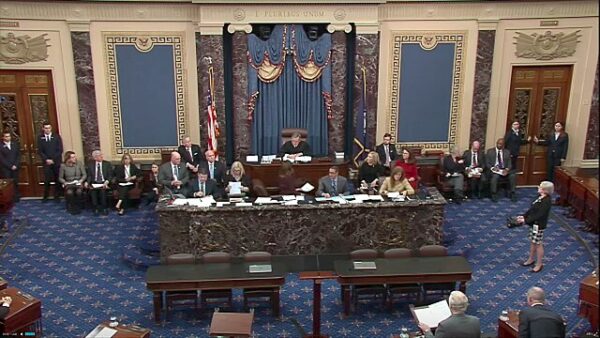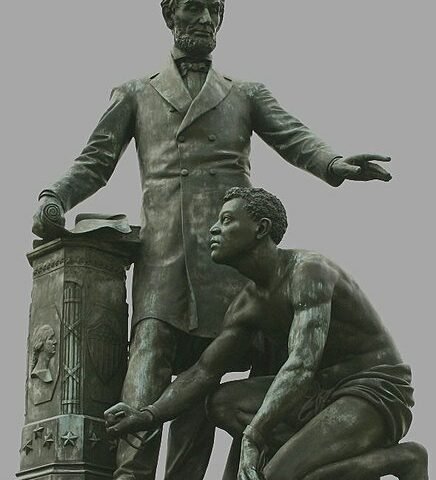On September 5, 1666, nearly 60 percent of London lay in ruins, burned after one of the biggest fires to ever engulf a city. The fire started in a small bakery on Pudding Lane, where the flames quickly spread due to strong winds and the city’s tightly packed wooden buildings. Despite efforts by citizens and firefighters, the fire rapidly consumed much of the city.
The fire’s devastation was immense, destroying approximately 87 churches, 13,200 houses, and numerous public buildings. Remarkably, only six recorded deaths were attributed directly to the fire, but the economic and emotional toll on Londoners was enormous.
The London Fire Brigade explains how it happened: “Back in the 1660s, people were not as aware of the dangers of fire as they are today. Buildings were made of timber – covered in a flammable substance called pitch, roofed with thatch – and tightly packed together with little regard for planning. About 350,000 people lived in London just before the Great Fire, it was one of the largest cities in Europe.
Homes arched out over the street below, almost touching in places, and the city was buzzing with people. Lots of animals lived London too – there were no cars, buses or lorries back then – so as well as houses, the city was full of sheds and yards packed high with flammable hay and straw.
Following a long, dry summer the city was suffering a drought. Water was scarce and the wooden houses had dried out, making them easier to burn… it was a recipe for disaster.”
To make matters worse, owing to a 1633 fire, which destroyed a water wheel at London Bridge, “water could not be pumped through the city, so basic buckets were used to try and put out the flames.
To stop the Great Fire, a firebreak was created using gunpowder to blow up houses in the path of the blaze,” Sky News wrote on the fire’s anniversary.
“Although the Great Fire was a catastrophe,” writes Historic UK, “it did cleanse the city. The overcrowded and disease ridden streets were destroyed and a new London emerged. A monument was erected in Pudding Lane on the spot where the fire began and can be seen today, where it is a reminder of those terrible days in September 1666.
Sir Christopher Wren was given the task of re-building London, and his masterpiece St. Paul’s Cathedral was started in 1675 and completed in 1711. In memory of Sir Christopher there is an inscription in the Cathedral, which reads, ‘Si Monumentum Requiris Circumspice”. – ‘If you seek his monument, look round.’
Wren also rebuilt 52 of the City churches, and his work turned the City of London into the city we recognise today.”






